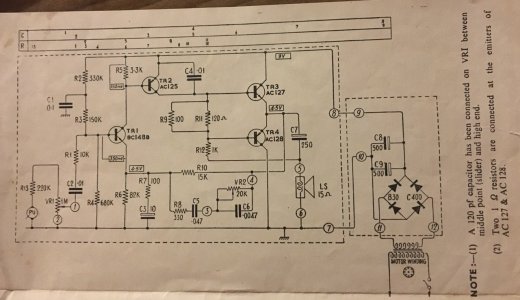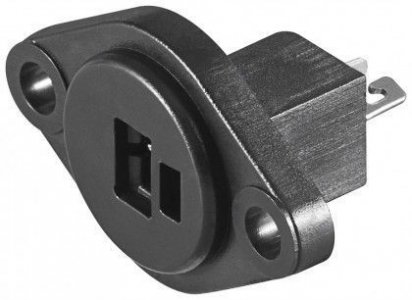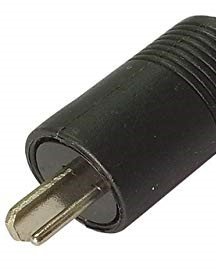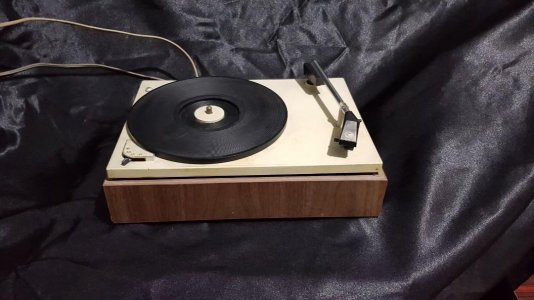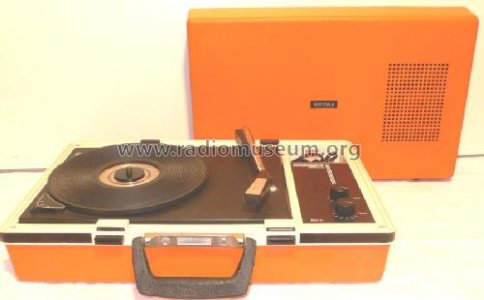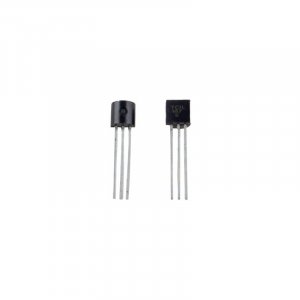sunilzen60
New Member
Hi @reubensm,
i see that you are an old member here and have been replying posts on HMV Fiesta Popular. Seeking some help and advise from you.
I just extricated an Old HMV Fiesta Popular Set from my late Father-in-Law's house. It looks in decent condition from outside but there is just one small PCB inside. There is NO transformer inside the box, which is surprising as it should have a transformer and power supply/rectifier circuit, which I can see that there is a Bridge rectifier on the small little pcb inside the box.
There are volume and tone control knobs/POTs, the speaker looks ok, but the female Audio jack on the box is missing. That should not be an issue I guess, to procure.
Also the rubber bushes of the turntable motor are worn/cracked. Any idea where I could get the rubber bushes of the turntable motor? The motor seems to be working and if i hold the motor with my hand, the speed selector also seems to be connecting and changing the speed. Maybe I will have to make some estimate of dimensions and make the rubber bushes locally.
Does this have a preamp circuit with a separate amp? I am told in Mumbai that AC127/128 are not available any more. Is that right? I have copied the circuit that you posted earlier and will try to locate the components at Lamington road, the Mecca for electronic components.
The stylus and cartridge are disconnected but present. There is a spring at the end of the stylus arm but it is suspended on one side only.
I have all the time in the world and I would love to get this going as my wife also located a huge stack of Old EPs and SP records, which she would love to listen to, as she did in her childhood(we are in early 60s n late 50s respectively). Would love to have it sing again, if you could help and advise. Most electronic repair shops are trying to give some nonsense and telling me to junk it but i know it can be got going.
Could you help please. if you need pics of the set, kindly do let me know.
i see that you are an old member here and have been replying posts on HMV Fiesta Popular. Seeking some help and advise from you.
I just extricated an Old HMV Fiesta Popular Set from my late Father-in-Law's house. It looks in decent condition from outside but there is just one small PCB inside. There is NO transformer inside the box, which is surprising as it should have a transformer and power supply/rectifier circuit, which I can see that there is a Bridge rectifier on the small little pcb inside the box.
There are volume and tone control knobs/POTs, the speaker looks ok, but the female Audio jack on the box is missing. That should not be an issue I guess, to procure.
Also the rubber bushes of the turntable motor are worn/cracked. Any idea where I could get the rubber bushes of the turntable motor? The motor seems to be working and if i hold the motor with my hand, the speed selector also seems to be connecting and changing the speed. Maybe I will have to make some estimate of dimensions and make the rubber bushes locally.
Does this have a preamp circuit with a separate amp? I am told in Mumbai that AC127/128 are not available any more. Is that right? I have copied the circuit that you posted earlier and will try to locate the components at Lamington road, the Mecca for electronic components.
The stylus and cartridge are disconnected but present. There is a spring at the end of the stylus arm but it is suspended on one side only.
I have all the time in the world and I would love to get this going as my wife also located a huge stack of Old EPs and SP records, which she would love to listen to, as she did in her childhood(we are in early 60s n late 50s respectively). Would love to have it sing again, if you could help and advise. Most electronic repair shops are trying to give some nonsense and telling me to junk it but i know it can be got going.
Could you help please. if you need pics of the set, kindly do let me know.


